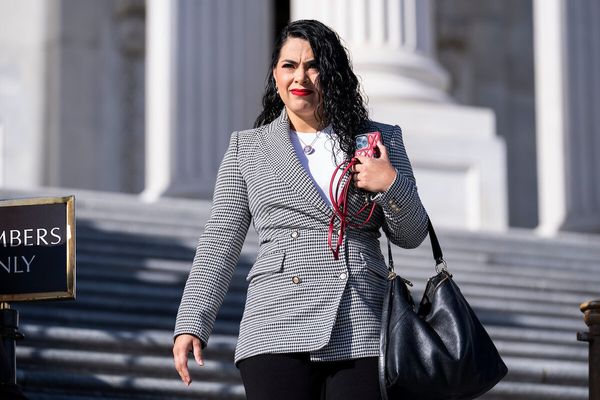
Stefanos Tsitsipas remembered a different time. “I had a fresher mind back then, it seemed like I was hungrier,” Tsitsipas began, as he seemed to contemplate his career, his life, and everything in between. “I’ve been quite well established in the last couple of years,” he continued. “I have seen the game. I’ve done the tour over and over again, the same circle of tournaments and events.”
At the age of 26, Tsitsipas sounded as if he had suddenly woken up to find himself in a midlife crisis. In reality, the world No 12 and two-time grand slam finalist had just lost in the opening round of the Australian Open, suffering a shock defeat to the 20-year-old American Alex Michelsen. It was also the second grand slam in a row where the Greek had lost in the first round.
Except, that didn’t seem to be the reason for his dejection. In his press conference after the defeat, Tstisipas made some peculiar statements. Among them, he said he is a “better player” now than when he reached World No 3 in the rankings four years ago. Or when he was beating Roger Federer in the Australian Open fourth round at the age of 20. In any case, his recent results would disagree.
Rather, Tsitsipas was hit with the realisation that a new generation might have caught up with him. Across the net, Michelsen was now the up-and-coming 20-year-old, thriving on the big stage to take out the higher-ranked opponent. Elsewhere at the Australian Open, the shocks have continued, with the 18-year-old Brazilian sensation Joao Fonseca taking out ninth seed Andrey Rublev and the 19-year-old Czech Jakub Mensik defeating sixth seed Casper Ruud. The next generation have arrived, and that’s without even mentioning Jannik Sinner and Carlos Alcaraz.
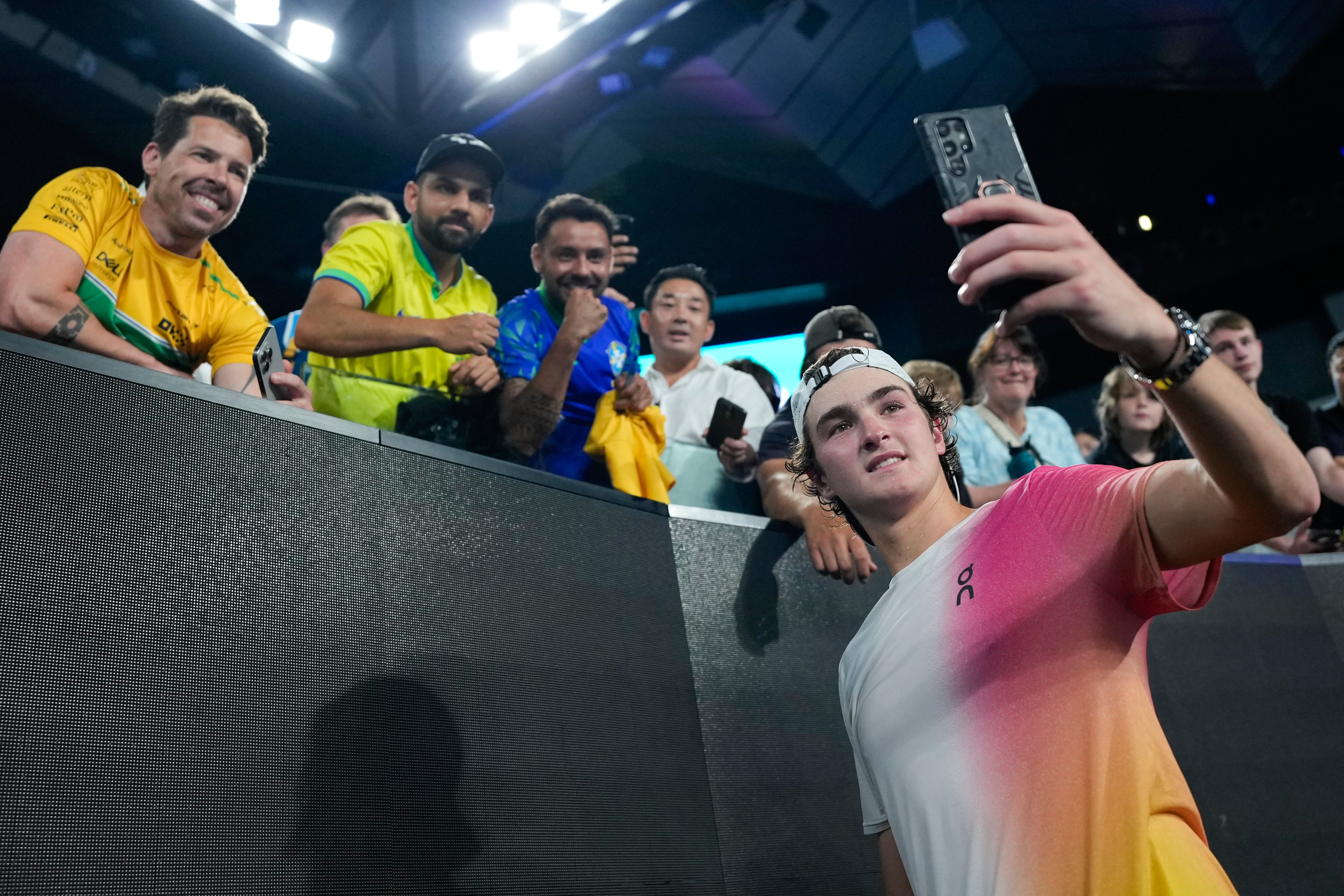
When Tsitsipas lost his first two grand slam finals – from two sets up to Novak Djokovic in the 2021 French Open final, and again to Djokovic at the 2023 Australian Open final – he might have thought that by 2025, at the age of 26, he would have been in the position to win the biggest tournaments. Now, the 23-year-old Sinner reigns as the dominant World No 1, and the 21-year-old Alcaraz is his biggest rival at each of the four grand slams. And Tsitsipas can’t even get past the first round.
It reflects a wider theme. As a result of the era-defining dominance of Djokovic, Federer and Rafael Nadal, male players born in the 1980s have won a combined total of 80 grand slam titles. The emergence of Alcaraz and Sinner means that players born in the first decade of the 2000s already have six, with the Spaniard and the Italian splitting the grand slam titles between them in 2024.
By contrast, just two male players born in the 1990s have made the step to become grand slam champions: Daniil Medvedev and Dominic Thiem. Sadly, it rather adds to the stunning failure of the 90s tennis kids that Thiem, the US Open champion in 2020, has already retired from tennis at the age of 31 due to a chronic wrist injury.
In fairness, the 90s generation would have won many more titles were it not for Djokovic, Federer and Nadal, who combined for an astonishing 66 of the grand slams won by male players born in the 80s. Some of those born at the start of the 90s, whose entire careers passed by with Djokovic, Federer and Nadal at the top, didn’t even stand a chance of reaching a grand slam final ahead of the other three. They are the lost gen.
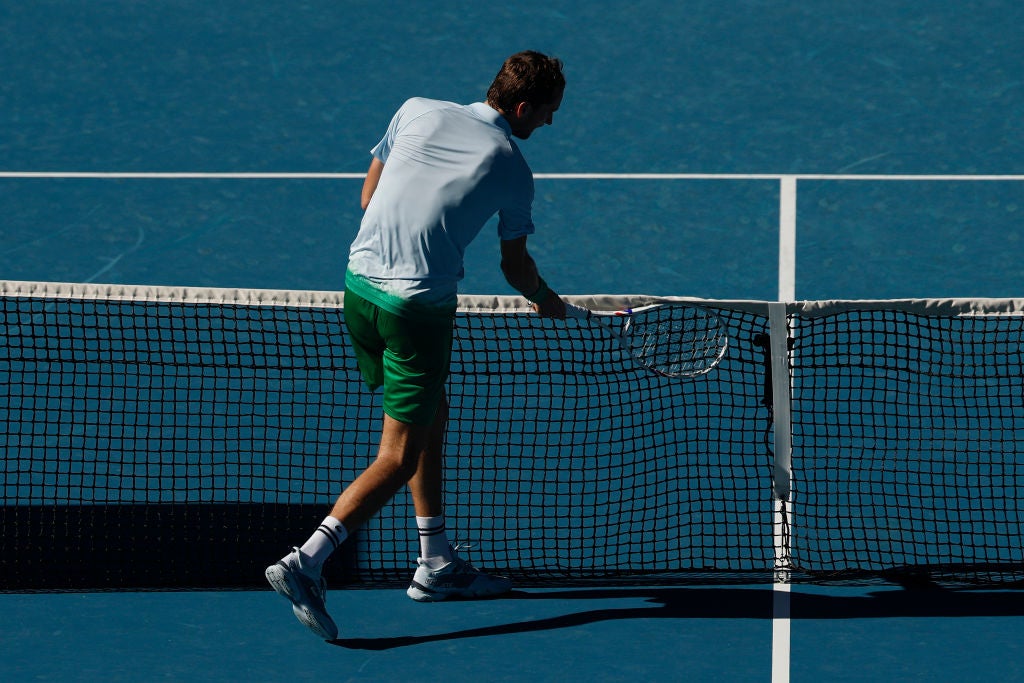
But what the ‘Big Three’ left behind for those who are slightly younger was a trail of destruction that continues to hang over them as they now enter the second part of their careers in their mid-20s. An impact of Djokovic, Federer and Nadal suppressing their younger opponents for so long is that, in the case of Tsitsipas, many are now looking beaten and crushed, or even just exhausted from the sport, at the stage where they should be entering their prime years.
At the same time, Sinner and Alcaraz have stepped out onto the scene while being unencumbered by such scars. The young rivals also arrived at a point where Djokovic, the main oppressor of the late-90s generation, began to fade physically, while playing the same style of hard-hitting baseline tennis that the Serbian mastered to keep himself at the top.
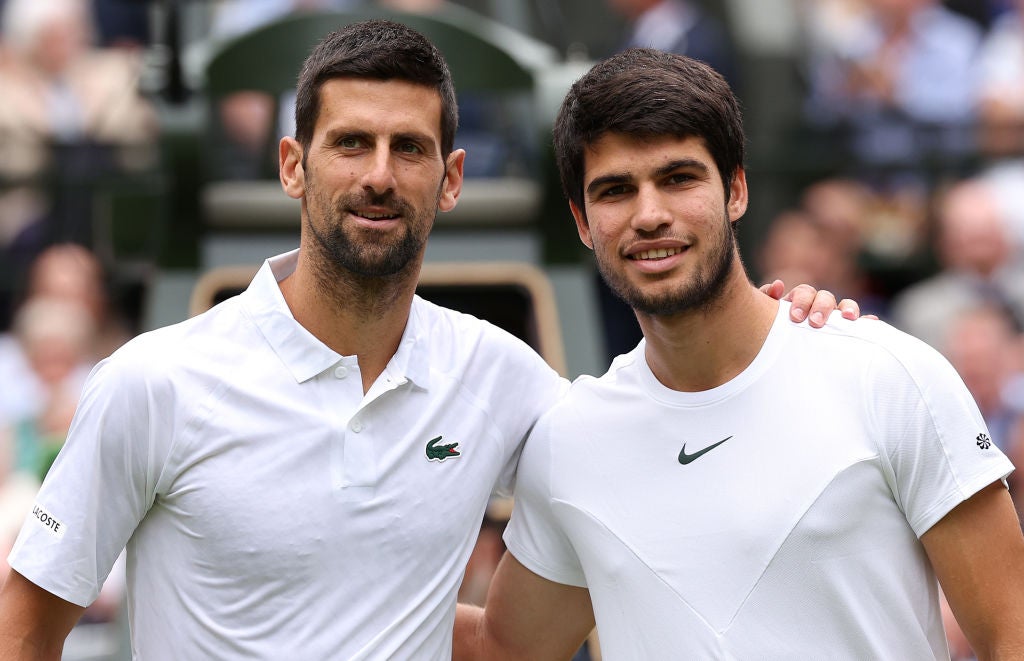
Sinner and Alcaraz have also helped bring an evolution that has already made Tsitsipas question if he is even playing the same sport. “When I came around in 2018, the game was very different to what it is now,” he said after the loss to Michelsen. “It wasn’t as physical. I’ve had wins over Novak, and I felt like I played well, and I didn’t have to kind of exceed the most extreme version of myself in that particular match. The game has shifted more towards a physical game, the margins are smaller.”
And at the Australian Open, it’s not just Sinner and Alcaraz who are shining among those born after the millennium. Fonseca, the ATP’s NexGen champion, outplayed Rublev in his first ever grand slam match. American wildcard Nishesh Basavareddy, who was also making his grand slam debut, was described as the “complete player” by Djokovic after taking a set off 24-time grand slam winner. Even Jacob Fearnley, appearing at the Australian Open for the first time at 23, looked settled in beating Nick Kyrgios, ready for the stage.
As the second round continued, Mensik, the 19-year-old Czech, became the latest to upset an established name as he took out Ruud, a three-time grand slam finalist. Mensik said the new generation is following Alcaraz and Sinner’s example. “They were teenagers a few years ago,” he said. “We can approach the same and go by their steps and try to reach the same level, compete against them.”
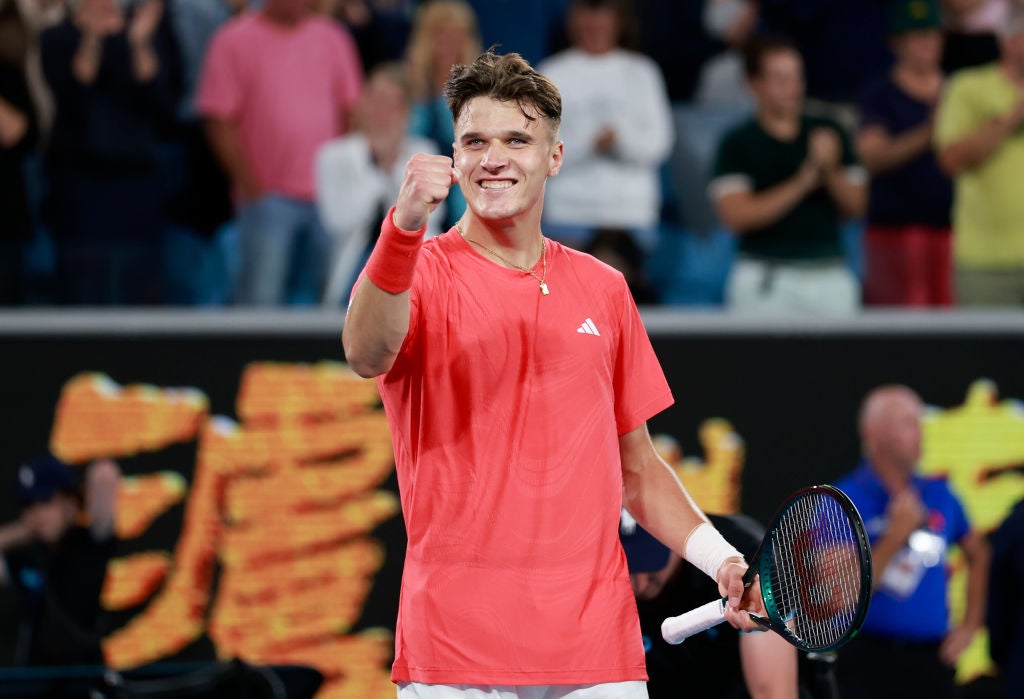
Despite the pressure, it is natural for a teenager to rise to the occasion and find inspiration when having nothing to lose in the biggest match of their life. But from Michelsen to Fonseca and now Mensik, there is also a confidence about it, which goes beyond the “hunger” that Tsitsipas felt he was missing. “I want more and more,” Fonseca smiled after beating Rublev. “Yeah, more and more. I think that’s the mentality of a champion.”
Mensik smiled. “It's great that there is new blood, always. We can see that tennis is moving on. We can see different or new names at tournaments. For the fans, for tennis, for everything, it's really great. The new blood is coming.”
The 19-year-old is not the only one who believes that his time is now, while others fear that theirs is running out.





